Apple’s latest mixed-reality headset — the Vision Pro equipped with the M5 chip — arrives as a mature iteration of what started as a bold new category. While it doesn’t completely reinvent the headset, it makes important refinements in power, display, comfort and software that move the device closer to a truly usable spatial computer.
What’s New
- Under the hood sits the new M5 silicon, built on a 3-nanometre process, featuring a 10-core CPU and a 10-core GPU, plus a 16-core Neural Engine and massive memory bandwidth. This gives the Vision Pro faster multitasking, smoother graphics, and better support for immersive experiences.
- On the display side, the micro-OLED panels in the headset render about 10 % more pixels than before, and the refresh rate has been raised up to 120 Hz (from 100 Hz in the prior generation). That means sharper visuals and smoother motion — especially important in spatial/VR/AR.
- For comfort and usability, Apple introduces a new “Dual Knit” headband. Though the headset remains relatively heavy (around 750-800 g excluding the battery pack), the improved strap adds a top and rear band structure with better balance, making longer sessions more bearable.
- The software platform, visionOS 26, brings enhanced spatial features: improved avatars (called “Personas”), better widget support, more refined integration with your existing Mac or iPad, and quicker performance thanks to the upgraded hardware.
The Experience
In actual use, the Vision Pro M5 feels clearly faster. Loading apps, switching environments, bringing up large virtual displays and moving windows around all respond with less lag. The improved refresh and resolution mean text looks crisper and motion feels more natural — which helps reduce the sense of “glass-goggles” and boost immersion.
Battery life has also improved modestly: users report around 2.5 hours for general mixed-use and up to 3 hours of video playback on the internal external battery pack. That’s an incremental gain but helps usability.
Comfort remains a strong focus: the fit is improved, the new band is easier to adjust, and the balance is better. That said, the weight and external battery pack still limit this from being a lightweight, all-day wearable.
Strengths
- Leading-edge performance: The M5 chip is one of the most advanced wearable computing chips, enabling heavier graphics loads, ray tracing and more immersive visuals.
- Top-tier display: Higher refresh and more pixels deliver one of the best visual experiences in a consumer headset today.
- Better usability: Improvements in comfort and software polish indicate Apple is listening to early user feedback and refining the experience.
- Ecosystem integration: The device ties into Apple’s existing ecosystem, making it highly attractive for users who already own Mac, iPhone or iPad.
Weaknesses & Considerations
- Price remains very high: With a starting price the same as the previous model, it remains a premium product accessible to only a small subset of users.
- App ecosystem is still somewhat limited for “killer” spatial-computing use-cases: while the hardware is very advanced, the available content and optimized experiences are fewer than what some may hope.
- Weight and battery limitations remain: Even with improved comfort, the headset is still heavy compared to glasses or lightweight VR headsets; the external battery means you’re somewhat tethered or limited in session length.
- Buy when ready: For users who already own the earlier Vision Pro model and are satisfied with its performance, this upgrade may feel incremental rather than radical.
Who Should Consider It?
If you are deeply embedded in Apple’s ecosystem, work in creative or spatial workflows (e.g., design, 3D modeling, media production) or simply want best-in-class mixed-reality gear, the Vision Pro M5 is a strong offering.
However, if you’re a more casual user or are buying a first headset mainly for gaming or light use, you may well benefit from waiting until next-generation models reduce cost, weight and broaden content availability.
Final Verdict
The Vision Pro M5 doesn’t reinvent the wheel — but it does shift a lot of gears under the hood. It refines what Apple introduced, making the device faster, sharper and more comfortable, while keeping the same premium pricing. For those ready to invest in spatial computing now, it’s perhaps the most compelling option yet. For everyone else, the advancements may be real but perhaps not yet compelling enough to justify the cost.

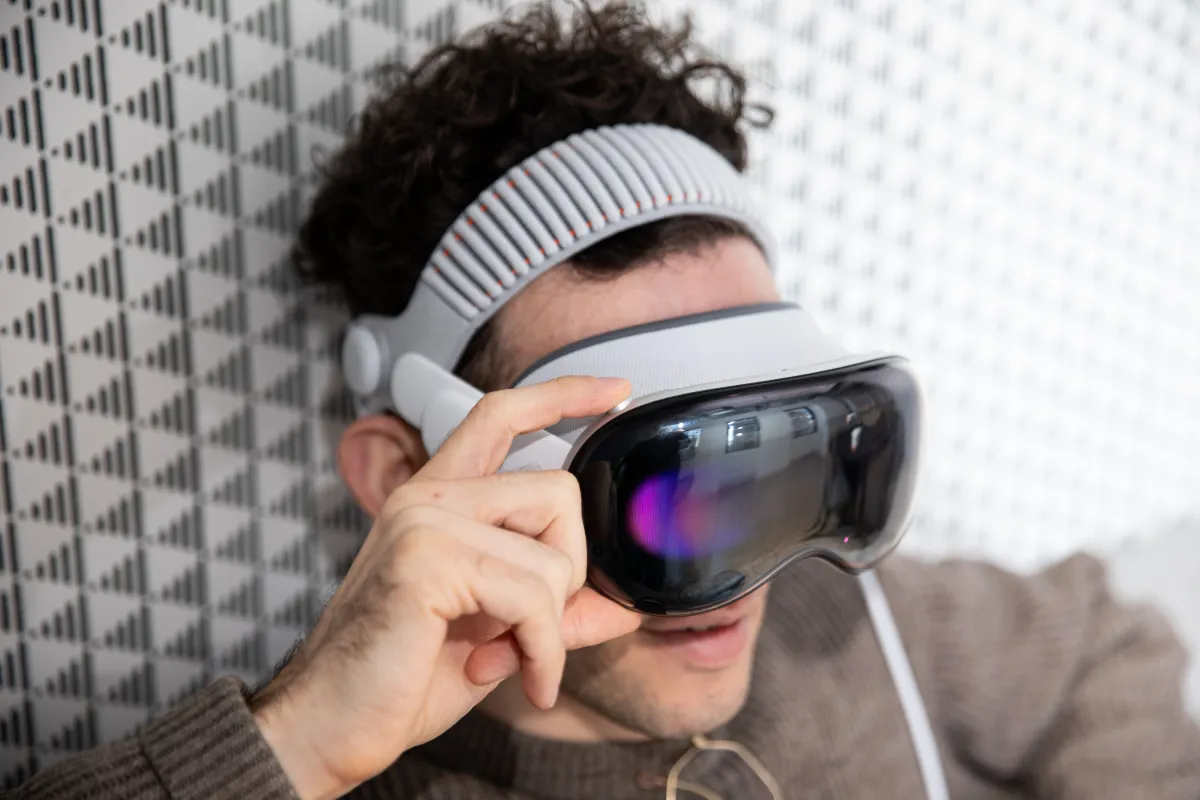

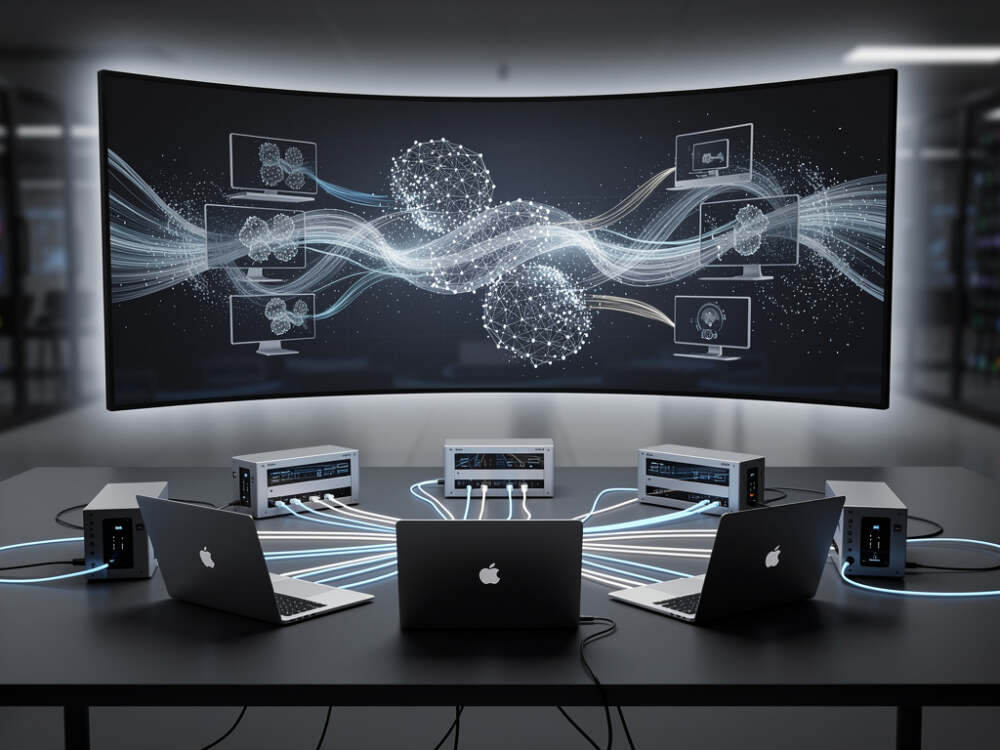
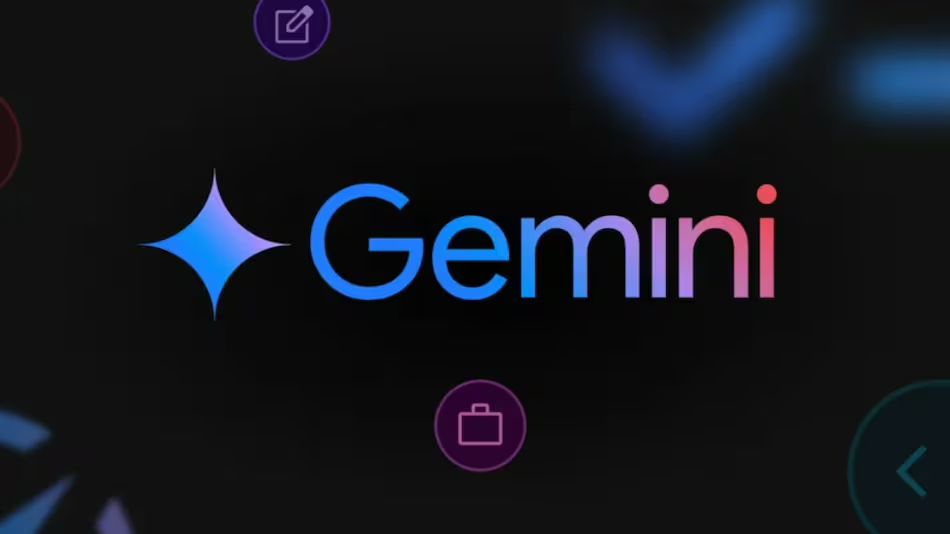
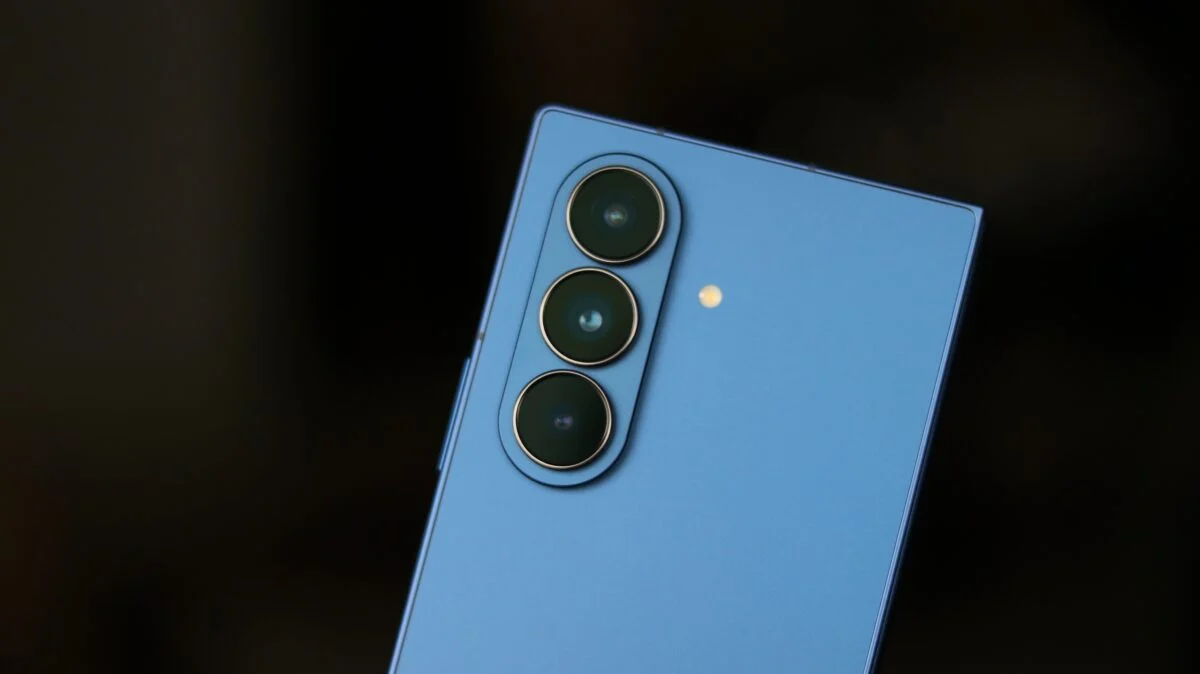
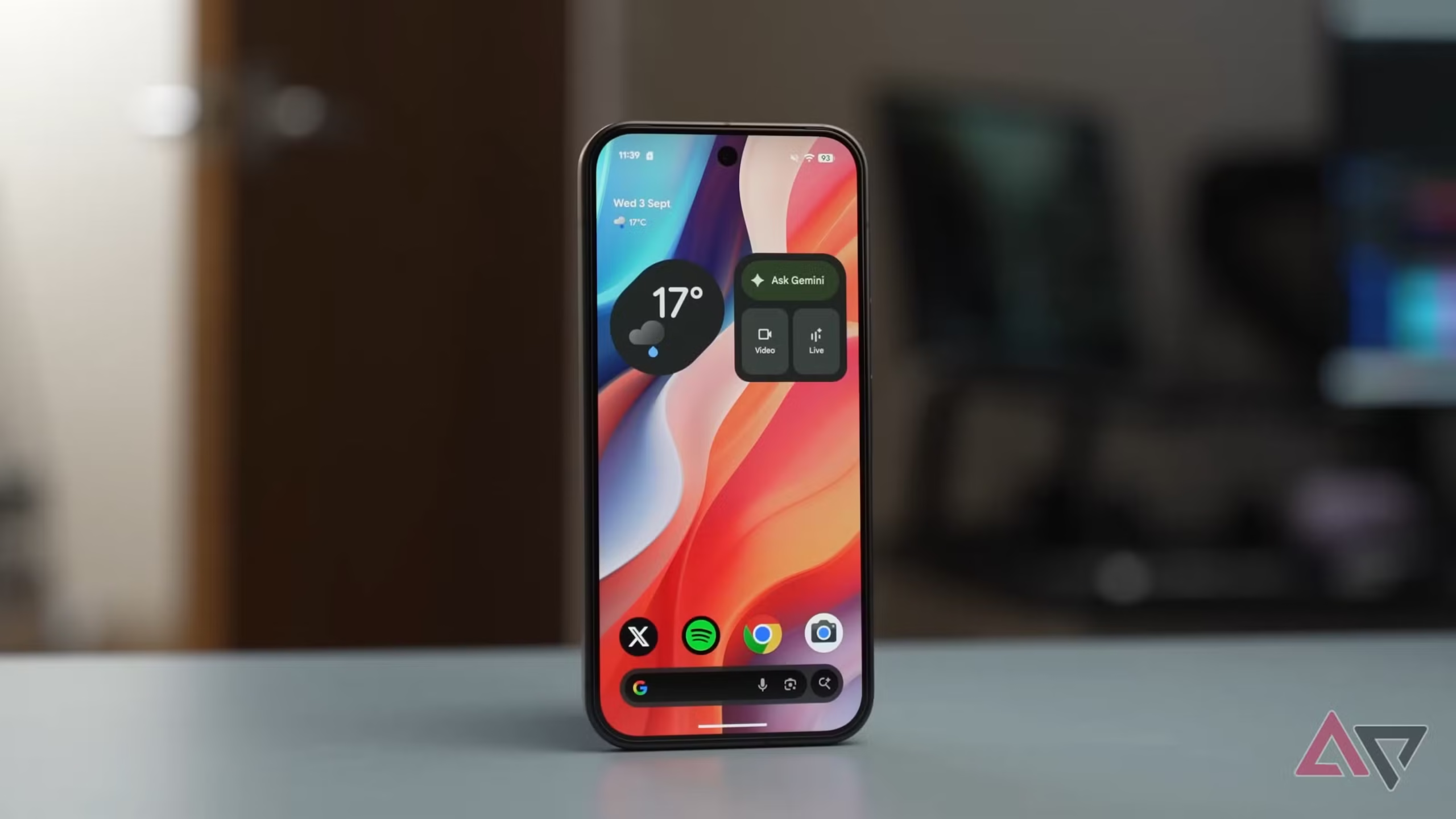
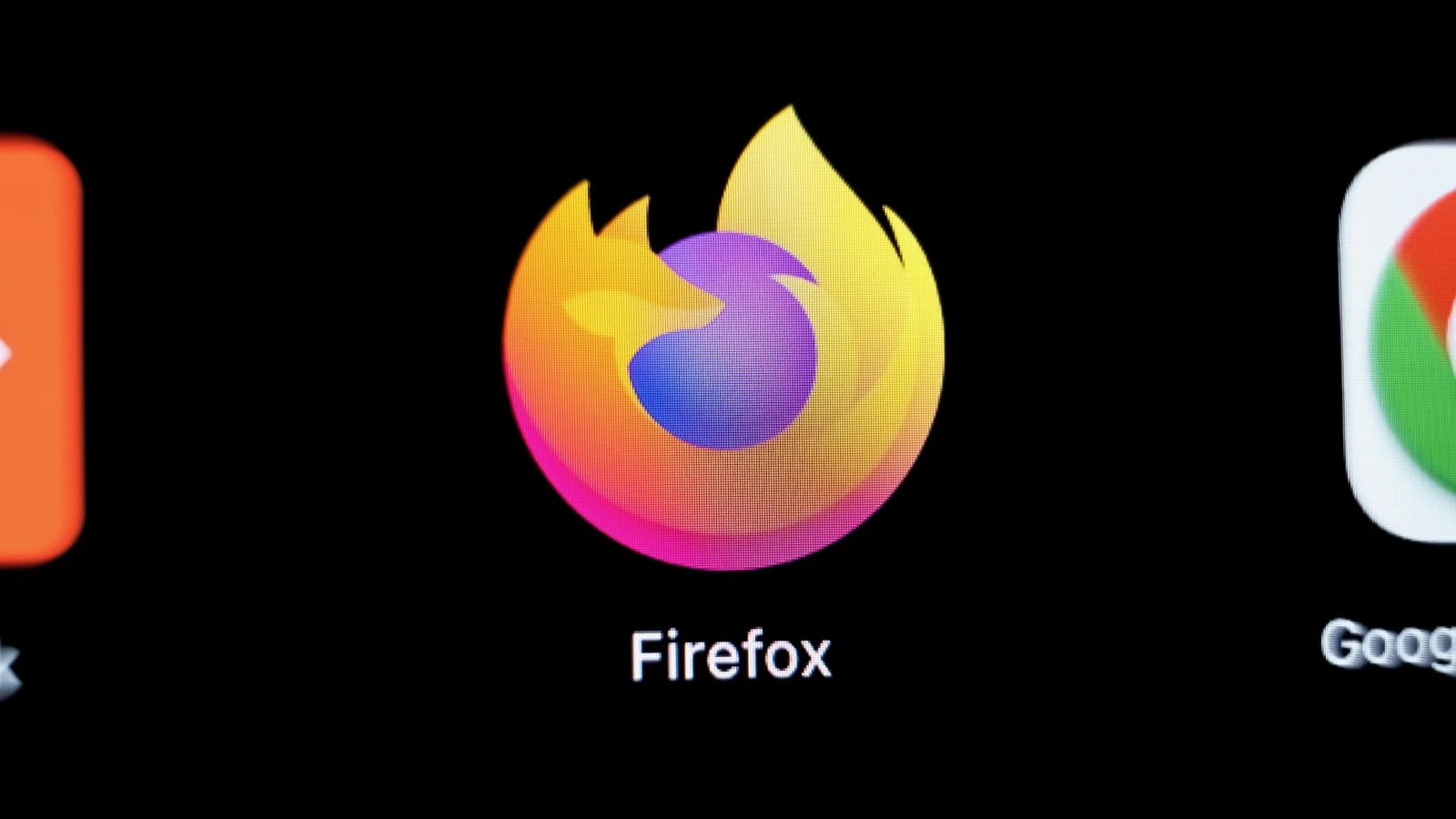
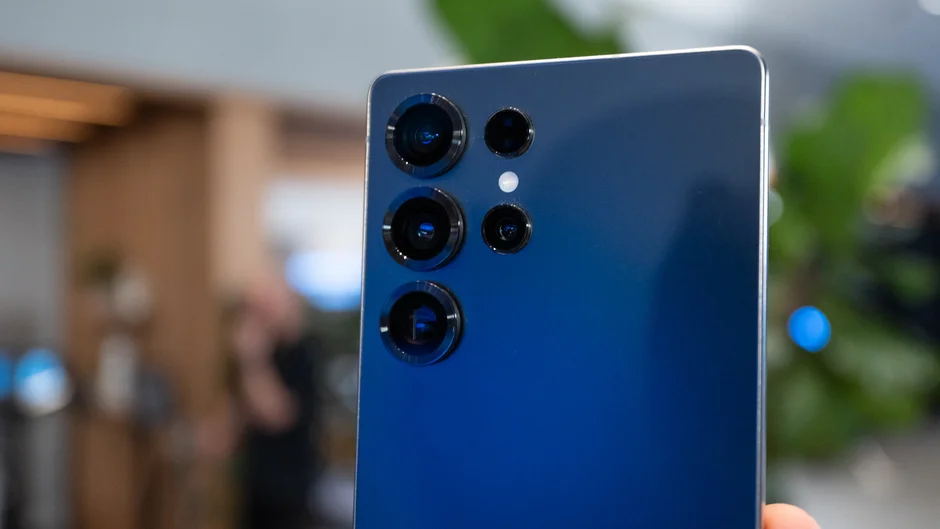
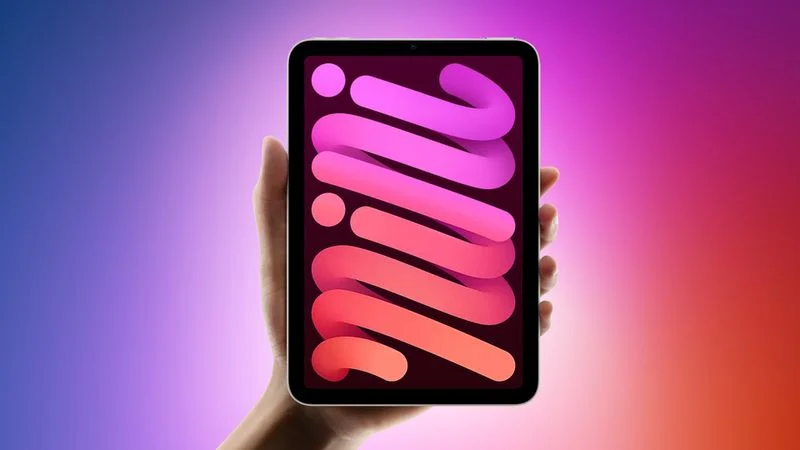
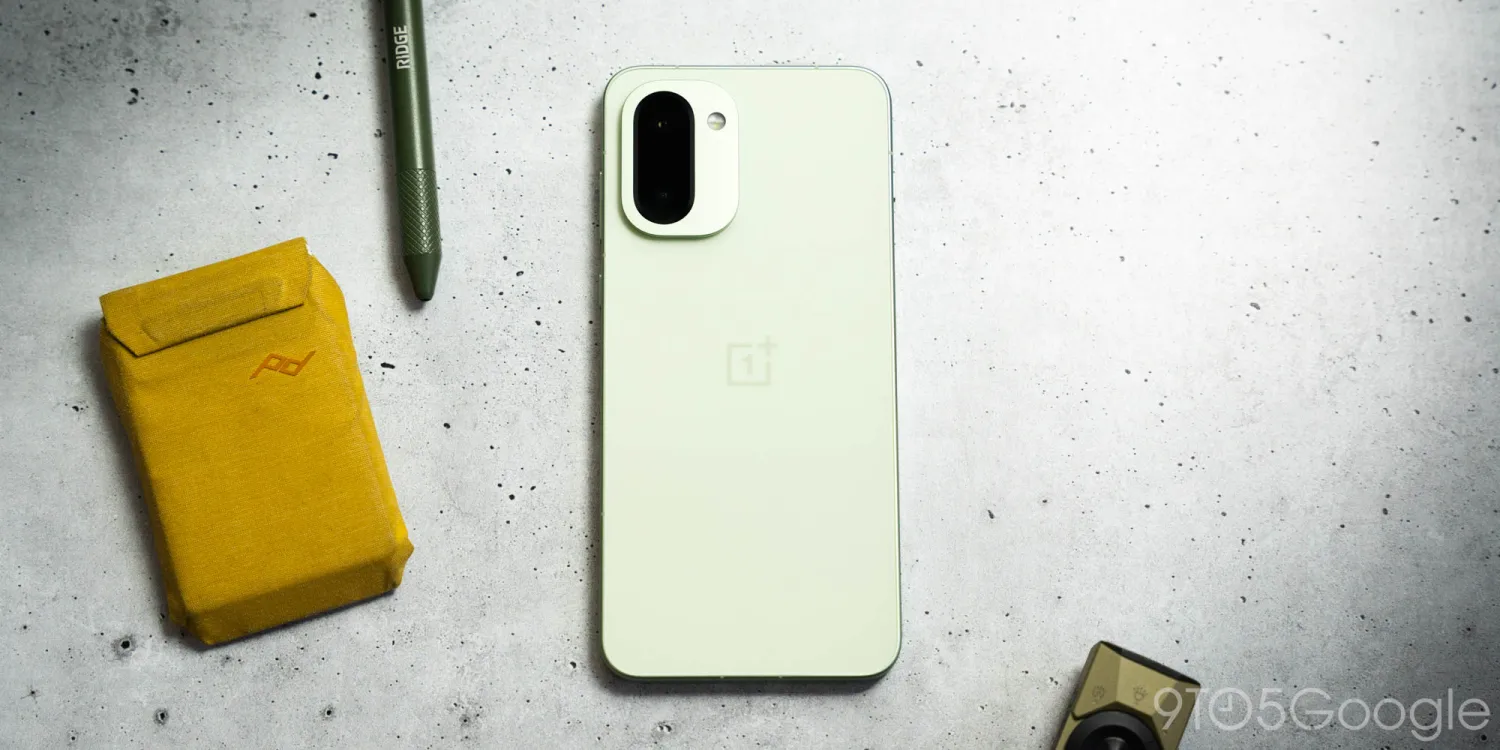
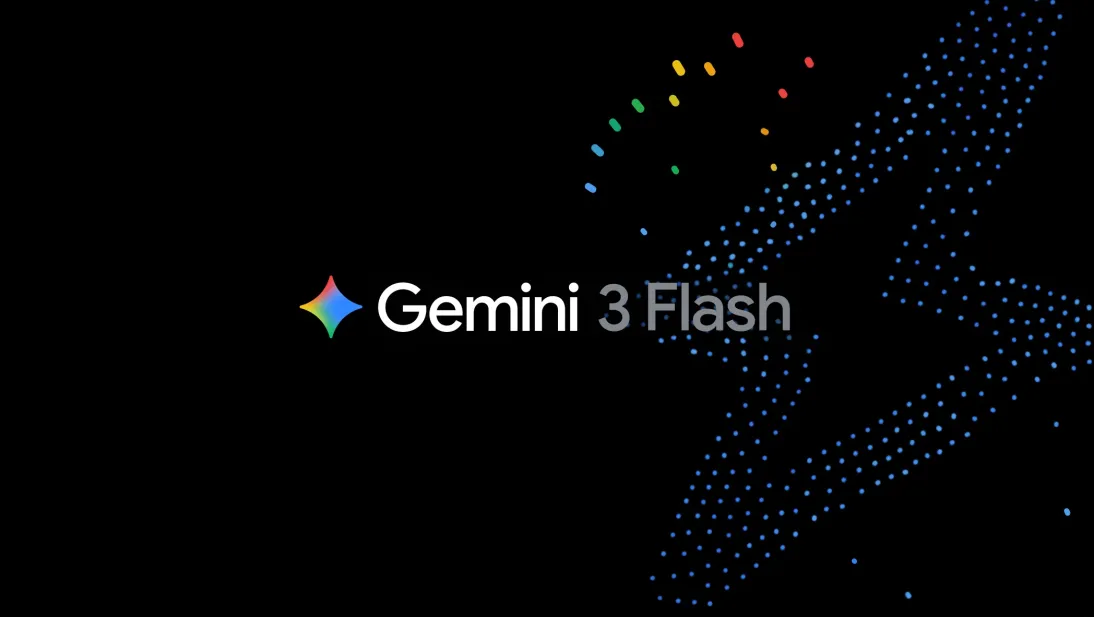




Leave a Reply